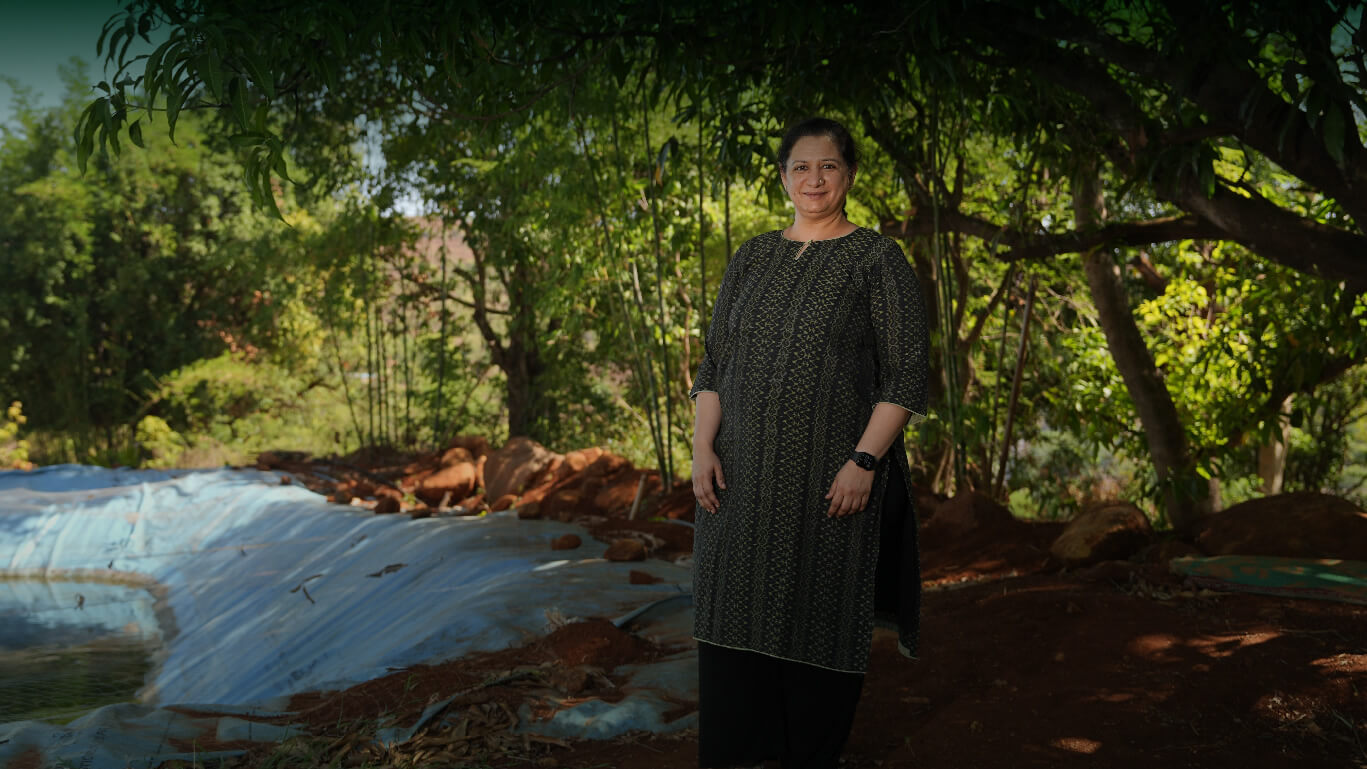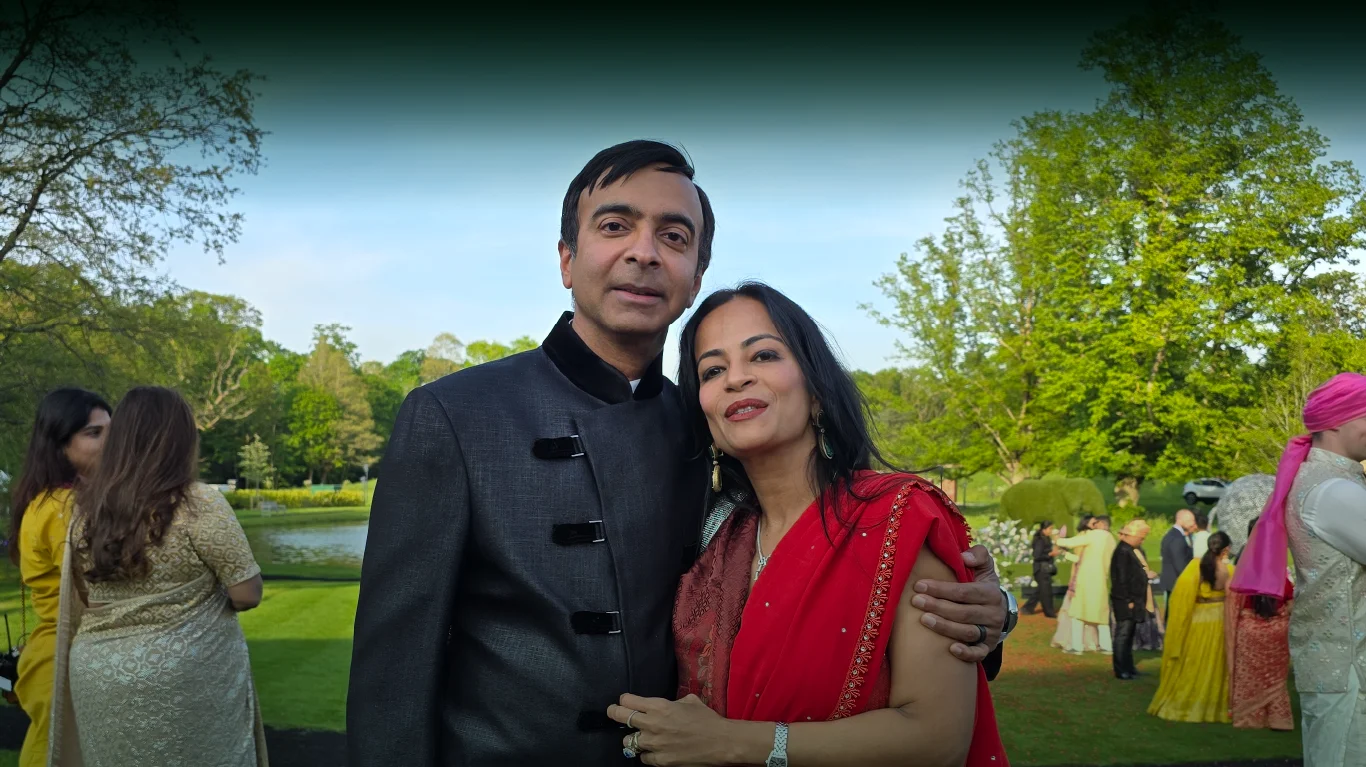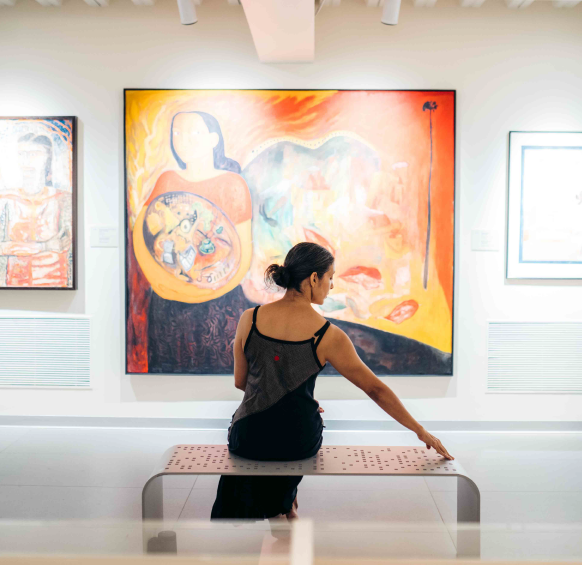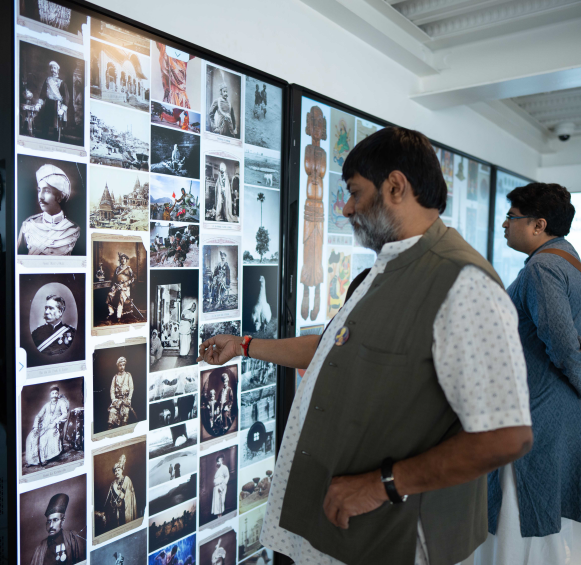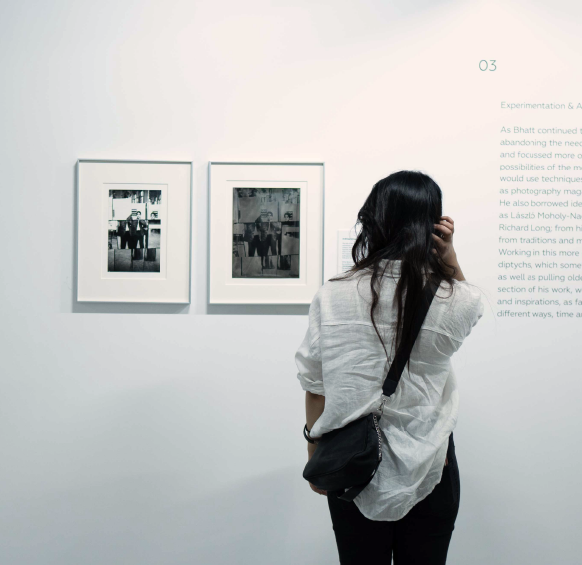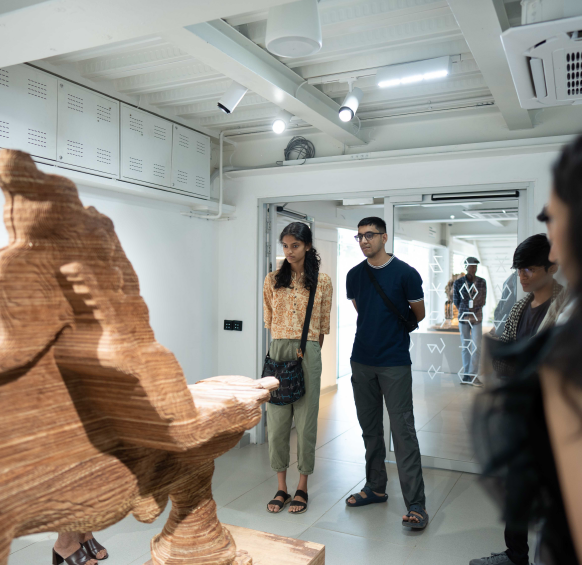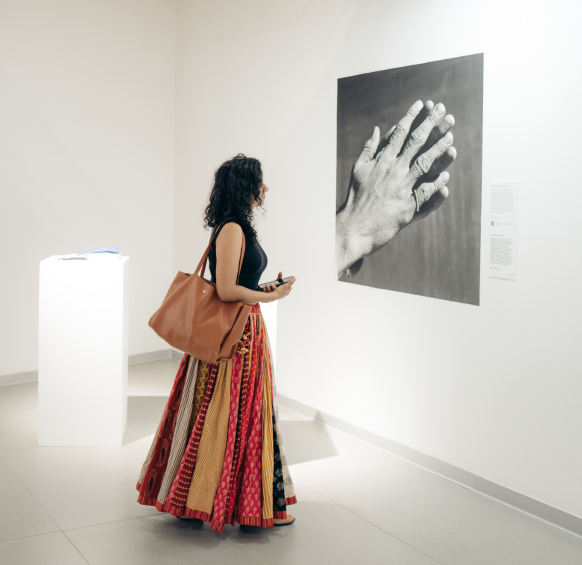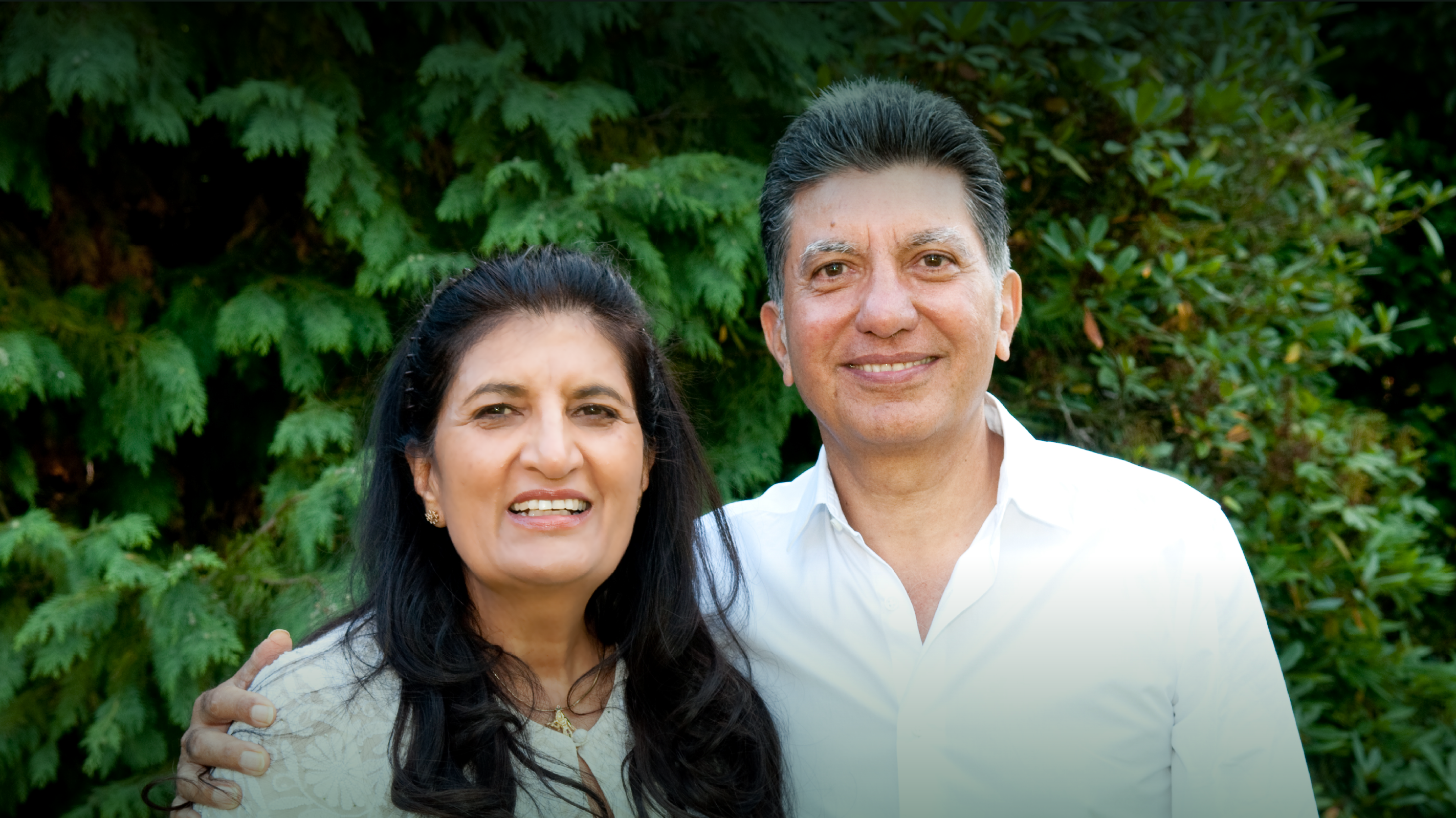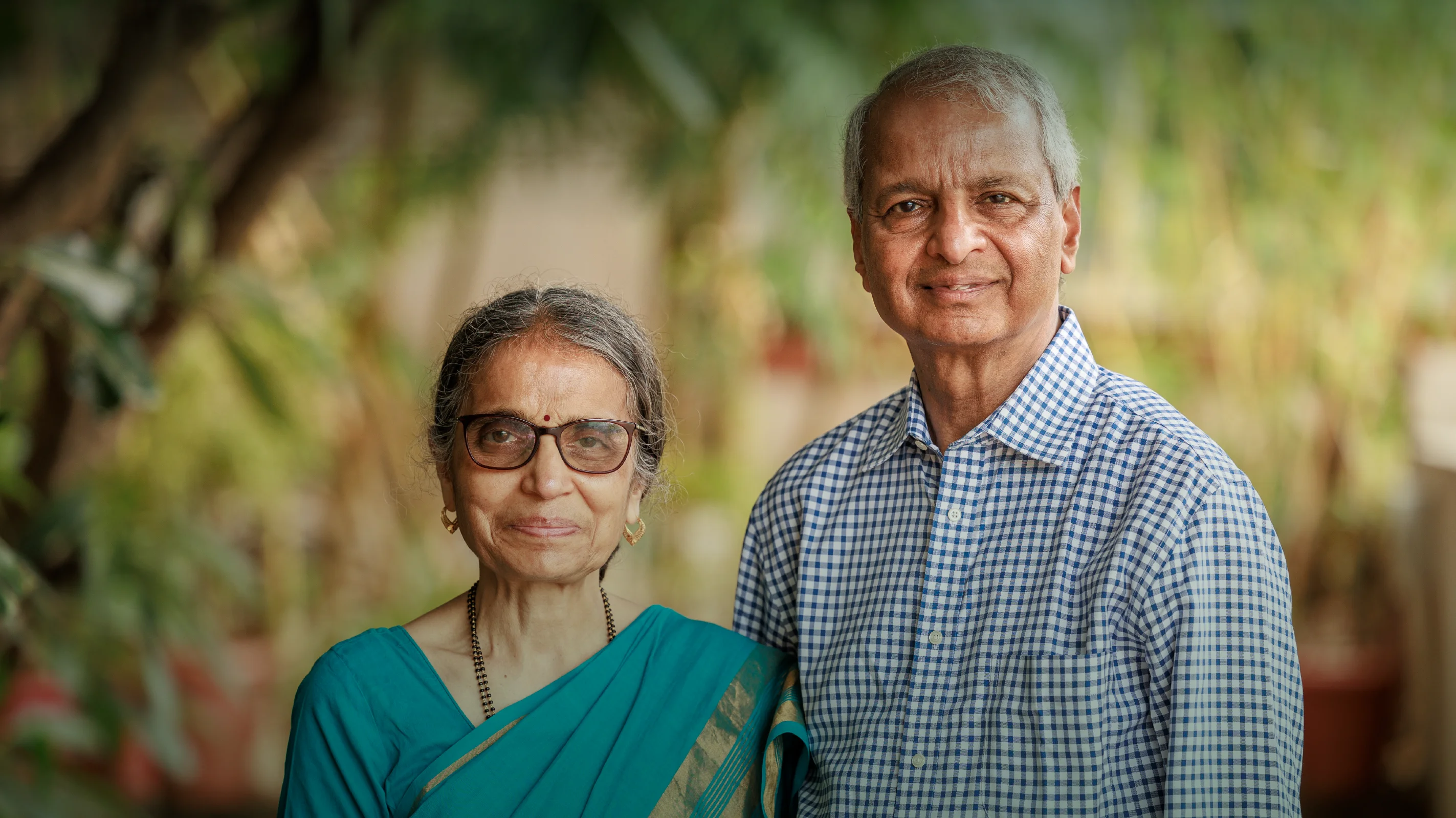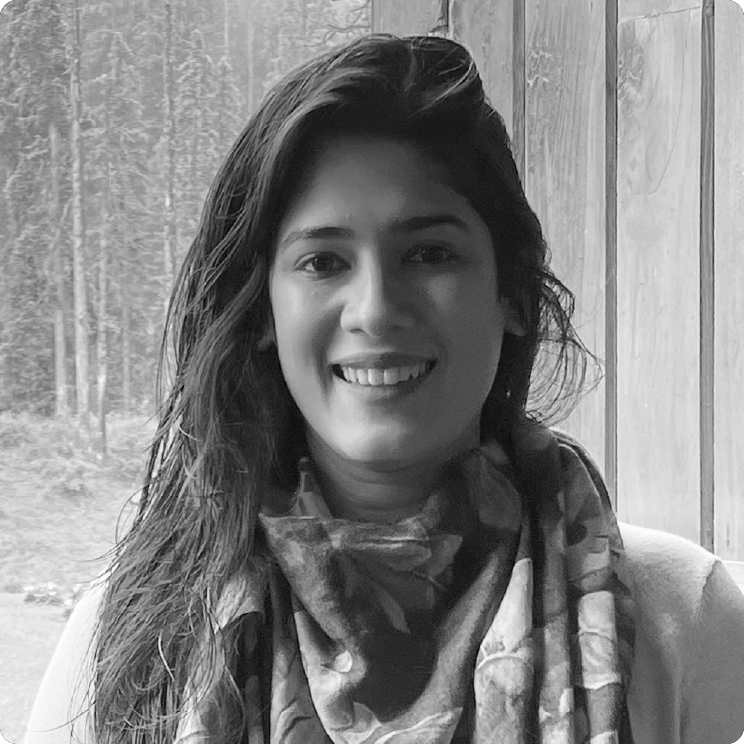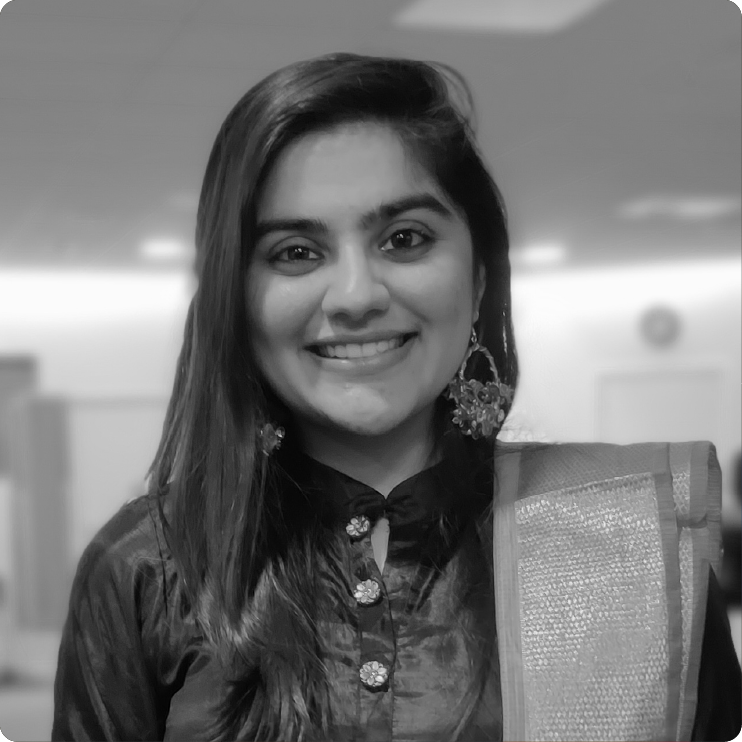The Museum of Art and Photography: A Philanthropic Beacon Reimagining India's Cultural Landscape
In Bengaluru, where technological innovation dominates the landscape, a different kind of revolution is quietly brewing—one that celebrates art and culture. Amidst this backdrop, the Museum of Art and Photography (MAP) emerges as a beacon of creative expression and philanthropy. With over 60,000 artworks entrusted to its care, MAP stands as South India's first major private museum. Its existence is the manifestation of its trustee and founder Abhishek Poddar's philanthropic vision. Abhishek and his family donated the initial leadership gift of INR 50 crores (~$6 million) and 7,000 pieces from their family's art collection to MAP.
Reflecting on his journey into philanthropy, Abhishek shared a question that resonated within him, "Am I leaving this world a better place than I found it?" His answer to himself was a resounding 'no'. He felt he was not doing enough. Calling this realization a turning point in his life, Abhishek decided to dedicate his time to philanthropy. He articulated his motivation stating, "It was not about nurturing the pocket, but nurturing the soul."
Democratizing Art through MAP
For Abhishek, philanthropy transcends writing cheques, it demands immersion and personal investment. He envisions his philanthropy to be a means to provide others with the same cultural experiences he was fortunate to have in his early years—an opportunity to experience art, explore its depths, and pioneer a museum-going culture for children and adults in India. With MAP, he has brought this vision to life, "MAP is the embodiment of giving myself for a cause and making a difference by sparking fresh perspectives around art." For Abhishek's wife, Radhika, MAP represents not only his dream come true but also her own.
Through MAP, Abhishek aims to challenge the notion that art is elitist, highlighting the stark contrast between the perception of museums overseas and within India. He pointed out, "Embarking on this journey was daunting because many people told me that art and museums were boring, irrelevant, and only meant for old people. However, when we travel abroad, we eagerly line up to enter museums, indicating a strong appetite for art in India.”
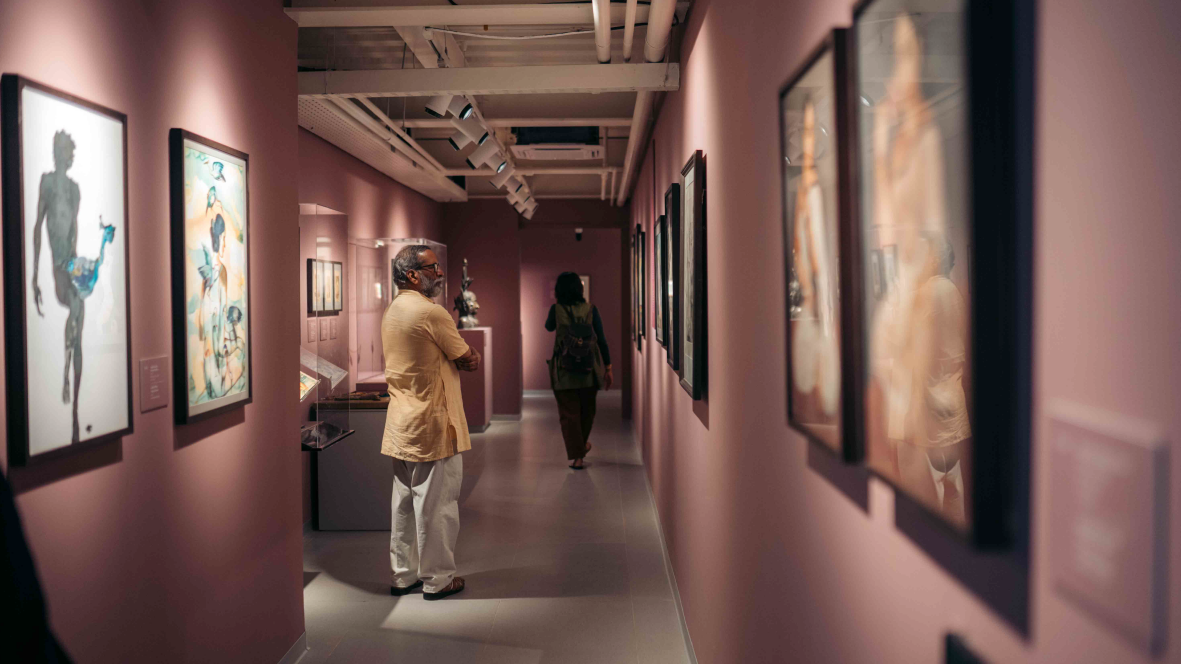
Visitors at VISIBLE/INVISIBLE exhibition, MAP | Image taken by: Orange & Teal | Image courtesy: MAP
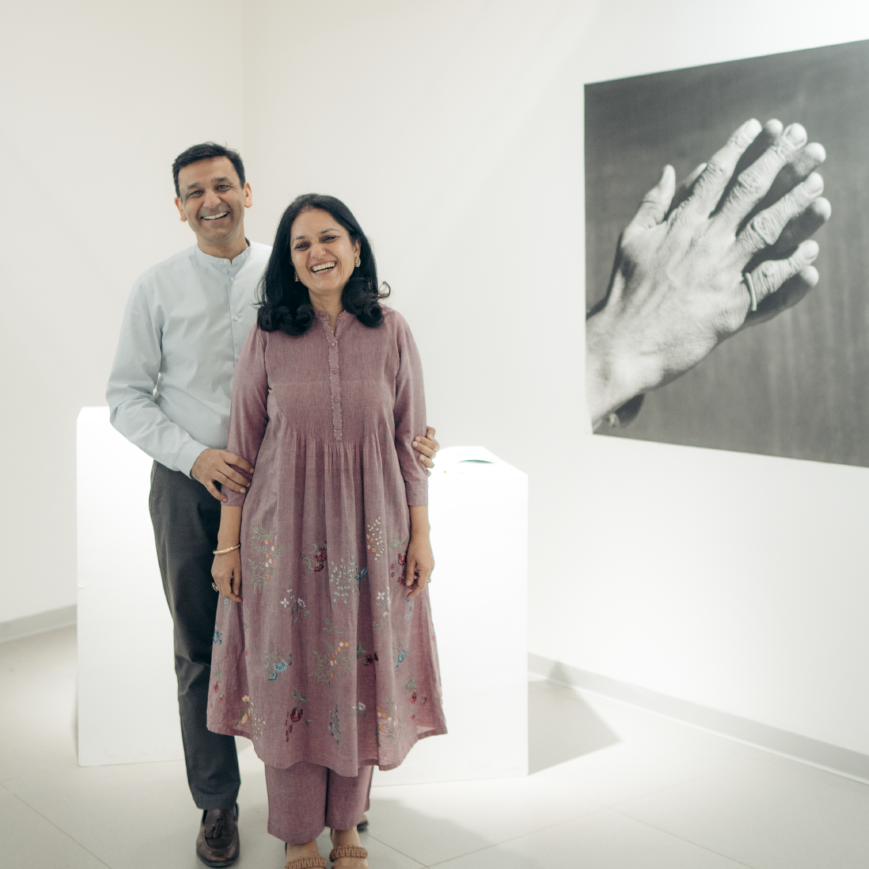
Abhishek Poddar and Radhika Poddar, at MAP | Image taken by: Orange & Teal | Image courtesy: MAP
Nurturing the Underinvested
Driven by his love for the arts and a keen understanding of the underfunded nature of the field, Abhishek embarked on a mission to create meaningful impact in a niche that had received limited attention from both the government and philanthropists, despite its immense importance. He explained, “I wanted to make a difference in a space where little was being done. For me, that had to be the arts.”
In the financial year 2021-22 alone, the allocation of the national budget for Arts and Culture in India was 0.077%, the lowest to date, with funding for museums decreasing by INR 162 crores (~$19 million) over the past two years. Additionally, Abhishek drew attention to the staggering fact that India's arts and culture sector receives a budget only 10% higher than that of the Metropolitan Museum of Art in New York. He further asserted, "Despite India's rich cultural heritage and being one of the world's oldest civilizations, there is a lack of sufficient investment in the arts. In fact, India does not even have a dedicated encyclopedia of Indian Art." By pioneering MAP, Abhishek is not only making art accessible to all but also addressing the pressing need for increased investment in India's cultural heritage.
Located in the heart of Bengaluru, MAP opened its doors to the city on February 18th, 2023. Its architectural design is both distinctive and inspiring, featuring steel panels embossed with a cross pattern. The museum's appearance draws parallels to an industrial water tank, symbolizing its role as a reservoir of art. Notably, the building prioritizes accessibility to accommodate visitors with diverse needs and disabilities. Kamini Sawhney, Director at MAP, explained, "We have taken into consideration various disabilities - not only physical or mobility-related but also intellectual, mental, and emotional. We have considered the needs of children and the elderly."
Spanning five storeys, MAP houses an extensive collection ranging from 10th-century artifacts to contemporary works, including paintings, sculptures, popular prints, photographs, and textiles. The museum brings art to life through immersive experiences, workshops, educational programs, and diverse activities. Within just four months of its opening, MAP has surpassed the annual visitor count of the National Gallery of Modern Art. The surge in young visitors, with only 3% above 50 years of age, heralds a new era of museum-going culture among India’s youth.
However, this journey has had its fair share of challenges.
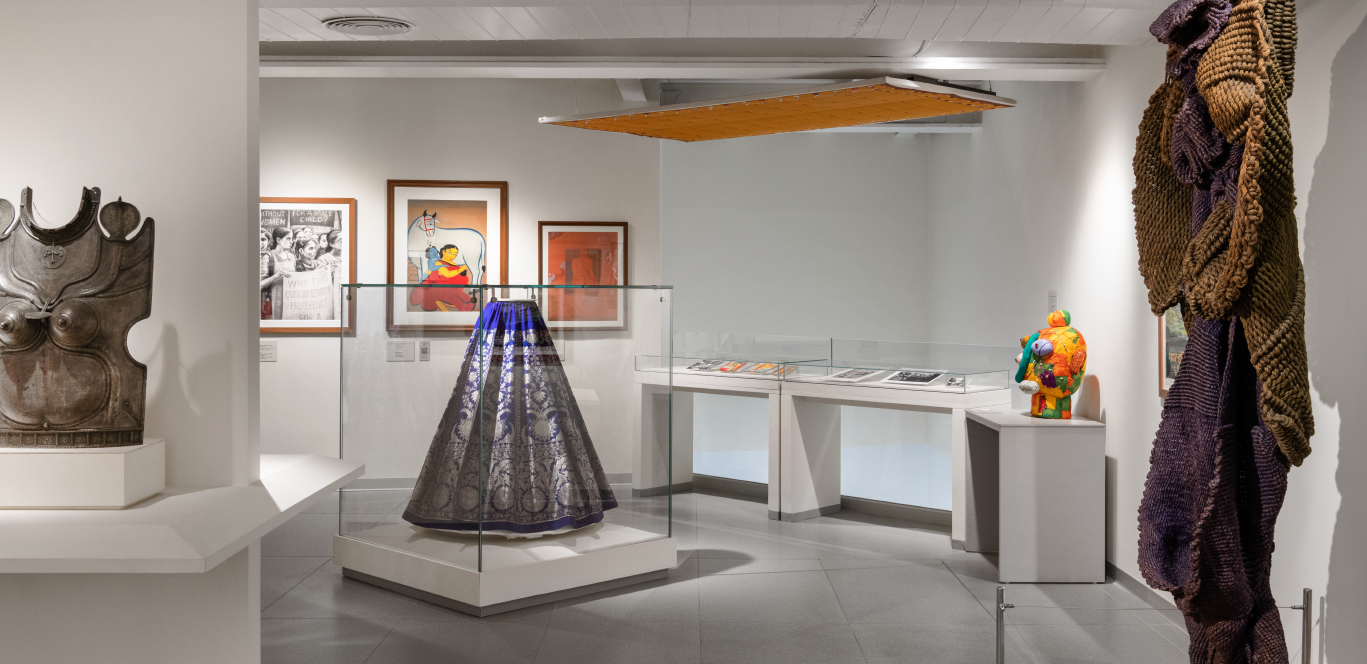
Gallery interior, VISIBLE/INVISIBLE exhibition | Museum of Art & Photography (MAP), Bengaluru | Image taken by: Suryan Dang | Image courtesy: MAP
Catalyzing Change: Abhishek’s Philanthropic Vision for the Future
In describing his vision for the museum, Abhishek stated, "Change must extend far beyond the confines of a museum. My aspiration is to create a ripple effect that permeates society, encouraging people to engage with art in ways that foster humanity, empathy, and a deeper understanding of the world we inhabit.”For Abhishek, the measure of MAP's success lies in its ability to affect change in India. Expressing his ambition, he shared, "What matters to me is how MAP can be engaging, educational, entertaining, informative, and, most importantly, relevant in people's lives?" With 90% of his time dedicated to philanthropy, Abhishek finds immense satisfaction and joy in making a difference in others’ lives. His philanthropic journey has granted him a profound understanding of the saying that when you pursue something you are passionate about, it does not feel like work. His learning for emerging philanthropists is simple yet profound: Find your passion and let it guide your philanthropic endeavors. By aligning personal interests with the causes they champion, philanthropists can unlock their full potential, create significant impact, and experience a sense of purpose that transcends the notion of work.
As India@100 approaches, MAP stands as an exemplar of collective philanthropy, showcasing the profound impact passion and purpose can achieve. Its success is a testament to philanthropy's catalytic potential, inspiring creativity and leaving a lasting cultural legacy in India.
Inspired thinking presented by

YOU MAY ALSO LIKE
